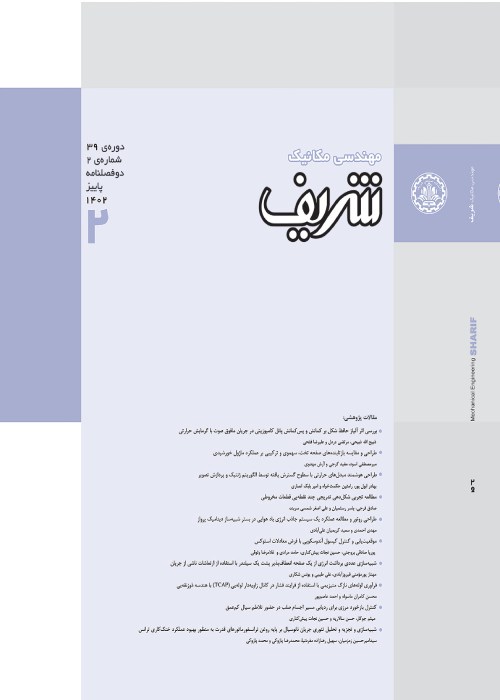Numerical evaluation of the mechanical performance of intelligent alloy stents under axial loading for application in peripheral artery
Stent placement has been a unique treatment for peripheral arteries illnesses in the recent years. Intelligent alloy stents can be used for peripheral arteries by reducing problems such as insufficient radial strength, low torsional capability and poor dynamic behavior compared to other stents. The application of the stent develops twofold chief objectivesundersized duration influence which avoids the effects of intimal division and the flexible shrinking and extended duration consequence which avoids restenosis due to the neointimal hyperplasia. Additionally, the other advantages of stent applications can be shortened as monitors: operative contour-capability to attain a satisfactory obsession to the vessel’s wall; adequate resistance contrary to the flexible shrinking; fatigue asset due to the pulsatile current and physique’s kinematics; a much smaller device to facilitate the percutaneous technique; small thrombogenicity; and height biocompatibility. In this study, metallurgical and mechanical behaviors of two types of intelligent alloys stent were studied by finite element method during the crushing process (axial loading) according to the standard. The intelligent stent material’ model used to describe the material and mechanical behavior were based on the free thermodynamic energy of Helmholtz and the free thermodynamic energy of Gibbs. with varying the Af temperature from 293 to 303 ° K (about 10 ° K), the difference between the upper and lower plateau stresses was about 40 MPa (equivalent to about 12%).The results showed favorable mechanical and clinical behavior of the stent with high Af temperature. Intelligent stents with high Af temperature is shown to have the best mechanical performance for clinical applications owing to lower Chronic Outward Force (COF), higher Radial Resistive Force (RRF), and more suitable superelastic behavior. Model calculations showed that a high Af temperature of Intelligent stent could exert a substantial effect on practical performance of the stent. This finite element model can provide a convenient way for evaluation of biomechanical properties of stents given to effects of intelligent alloys stents used in peripheral artery with respect to the effects of metallurgical, mechanical and clinical performance.
- حق عضویت دریافتی صرف حمایت از نشریات عضو و نگهداری، تکمیل و توسعه مگیران میشود.
- پرداخت حق اشتراک و دانلود مقالات اجازه بازنشر آن در سایر رسانههای چاپی و دیجیتال را به کاربر نمیدهد.



